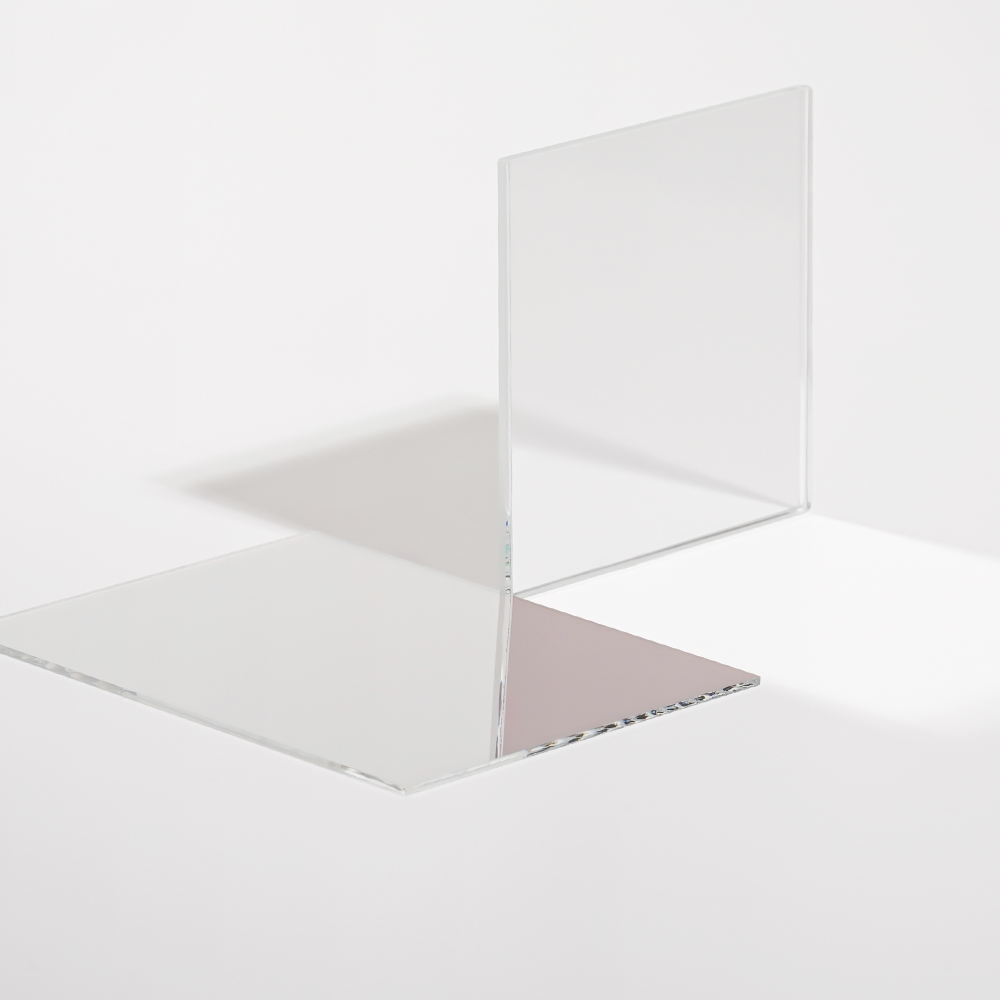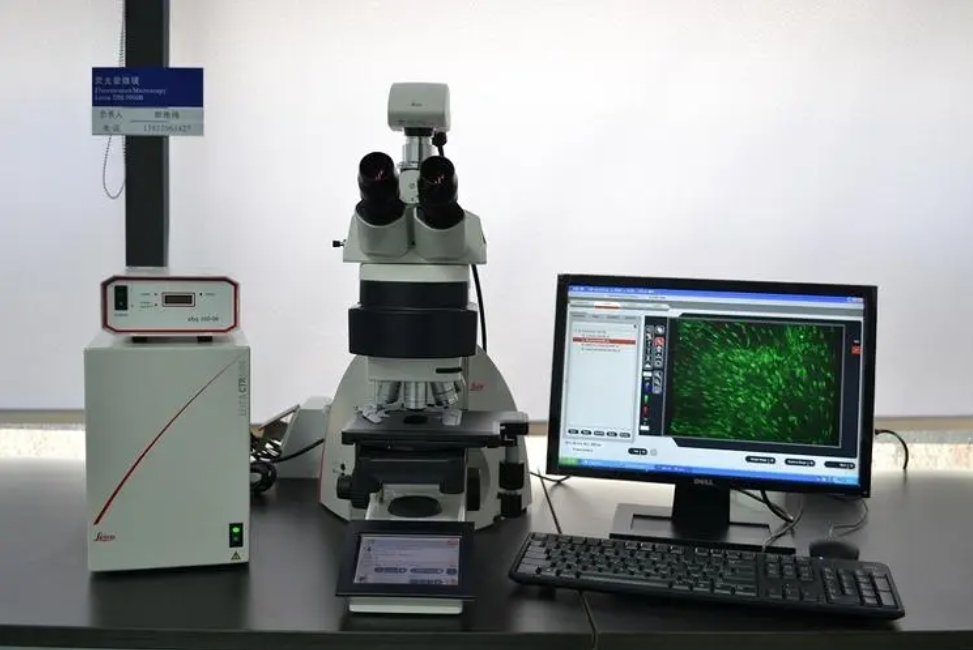In the intricate realm of optics, a beam splitter stands as a fundamental and versatile optical component. It plays a pivotal role in manipulating light, enabling a wide array of applications across various scientific, technological, and industrial fields.

Definition and Working Principle
A beam splitter is an optical device designed to split an incident light beam into two or more separate beams. It operates based on the principles of reflection and refraction. Typically, a beam splitter is made of a transparent substrate, such as glass or fused silica, with a thin, precisely engineered coating on its surface. This coating is designed to partially reflect and partially transmit light, with the ratio of reflection to transmission depending on the specific design and intended use of the beam splitter.
There are different types of beam splitters, including cube beam splitters and plate beam splitters. Cube beam splitters are composed of two right-angled prisms glued together with a thin film between them. When light enters the cube, the film causes a portion of the light to be reflected at a 90-degree angle while the rest passes through. Plate beam splitters, on the other hand, are flat optical plates with a reflective coating. Light hitting the coated surface of the plate is divided into a reflected and a transmitted beam.

Functions
Dividing Light
The most basic function of a beam splitter is to divide an incoming light beam into two or more beams with specific intensity ratios. This allows for the creation of multiple light paths, which is essential in many optical setups. For example, in an interferometer, a beam splitter splits a laser beam into two beams. These two beams travel different paths and then recombine. By analyzing the interference pattern created when they recombine, scientists can measure minute changes in distance, refractive index, or other physical quantities with extremely high precision.

Combining Light
Beam splitters can also be used to combine two or more separate light beams into a single output beam. This function is useful in applications where multiple light sources need to be integrated. For instance, in some optical communication systems, different optical signals from various channels can be combined using beam splitters before being transmitted over a single fiber optic cable, effectively increasing the capacity and efficiency of the communication system.
Polarization Manipulation
Some specialized beam splitters are designed to manipulate the polarization state of light. They can separate or combine light beams based on their polarization characteristics, such as splitting an unpolarized light beam into two beams with perpendicular polarization directions. This property is exploited in applications like 3D displays, where the polarization of light is used to create the illusion of depth by presenting different images to each eye.
Applications
Scientific Research
In scientific research, beam splitters are indispensable tools. In physics experiments, especially in quantum optics, they are used to create and manipulate entangled photon pairs, which are crucial for studying quantum phenomena and developing quantum technologies such as quantum computing and quantum cryptography. In spectroscopy, beam splitters help in splitting the light from a sample into different paths for analysis, allowing scientists to study the spectral characteristics of the sample in detail and gain insights into its chemical composition and physical properties.

Optical Imaging
In the field of optical imaging, beam splitters enhance imaging capabilities. Confocal microscopy uses a beam splitter to direct light from a laser source to the sample and then separate the reflected or fluorescent light from the sample for detection. This process enables the creation of high-resolution, three-dimensional images of the sample, providing valuable information about its structure at the microscopic level. In digital holography, beam splitters play a key role in generating holograms by splitting the reference and object beams, which are then recombined to record the interference pattern that contains the information about the object’s shape and structure.
Industrial and Manufacturing
In industrial settings, beam splitters contribute to quality control and precision manufacturing. In laser cutting and welding processes, they are used to split a high-power laser beam into multiple beams, which can be directed to different parts of the workpiece simultaneously, increasing the efficiency of the manufacturing process. Additionally, in optical alignment systems for manufacturing high-precision components, such as semiconductor chips and optical lenses, beam splitters help in precisely aligning different optical elements by splitting and redirecting light beams to ensure accurate positioning and assembly.

Telecommunications
In the telecommunications industry, beam splitters are essential components in optical fiber networks. They are used to split and combine optical signals in fiber optic communication systems, enabling the multiplexing and demultiplexing of signals from different channels. This allows for the transmission of a large amount of data over long distances with high speed and reliability, facilitating the growth of the global internet and telecommunications infrastructure.
In conclusion, beam splitters are remarkable optical components with diverse functions and wide-ranging applications. Their ability to split, combine, and manipulate light makes them essential in numerous scientific, technological, and industrial endeavors. As technology continues to advance, the role of beam splitters is likely to become even more significant, enabling further innovation and development in various fields related to optics and photonics.







